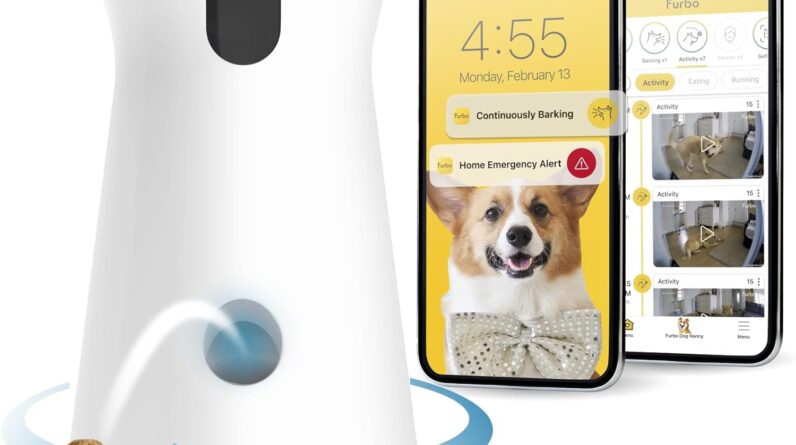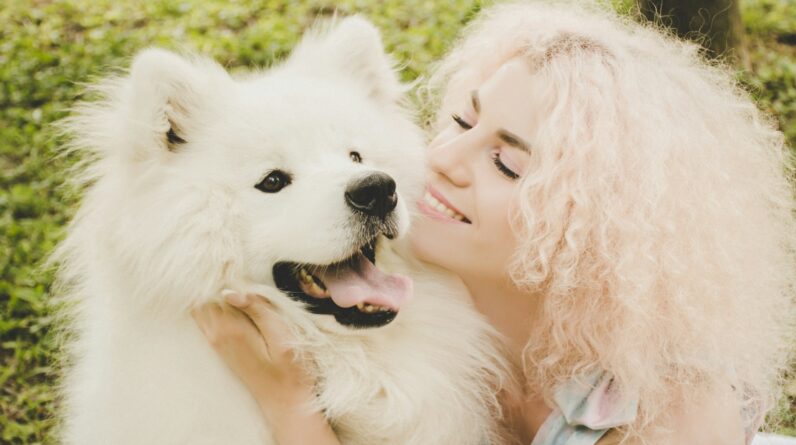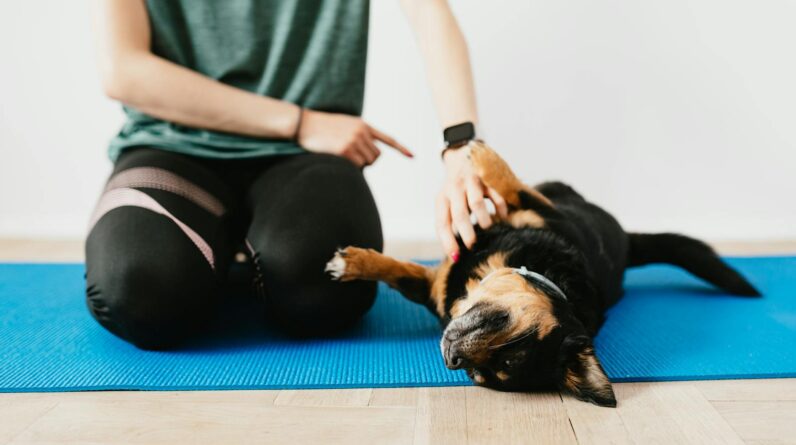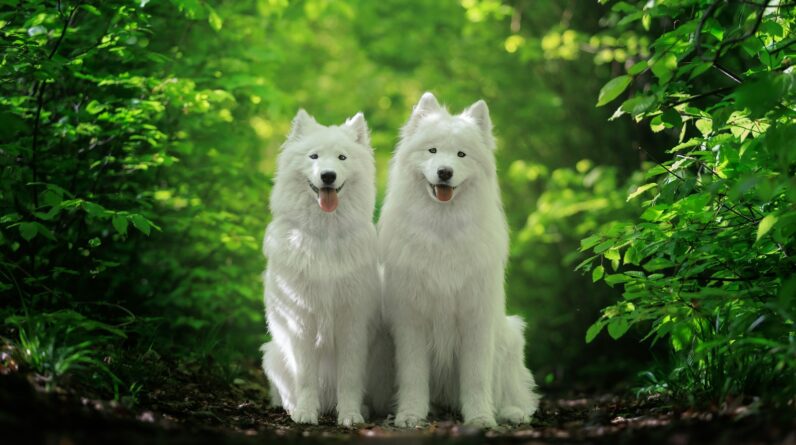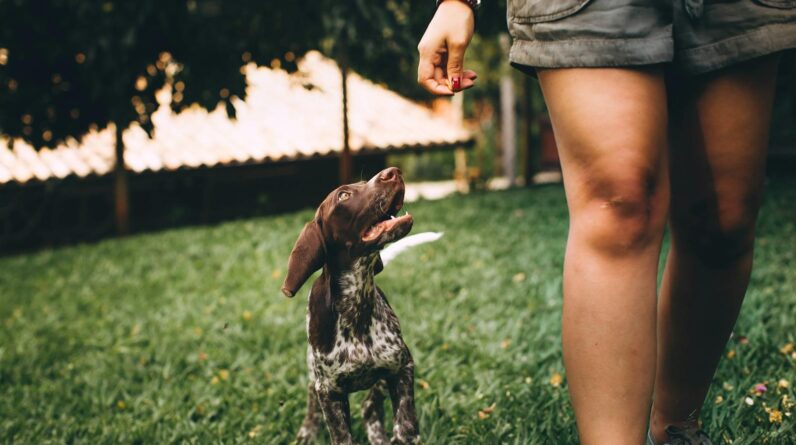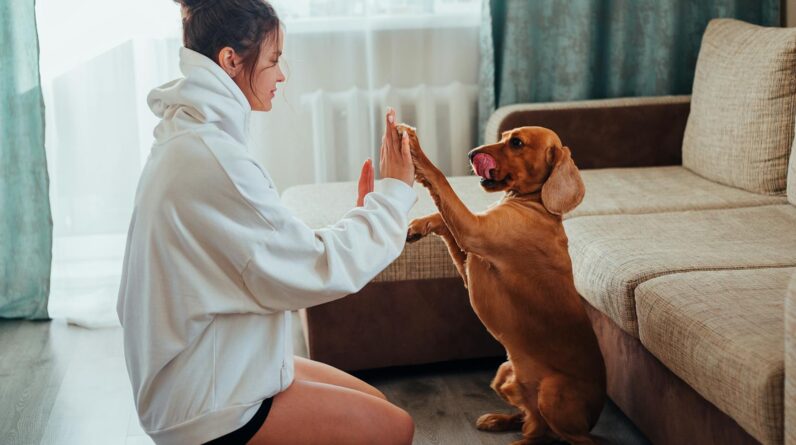
How to Help Your Dog Make Friends and Play Nice
Hey, friends! Do you have a dog? Does your furry buddy need help playing with other dogs? Well, you’re in luck. Today, we’re talking about how to train your dog to play well with others. Dogs like having friends, just like you and me, and it’s great for them to hang out with other pups. But sometimes, they need a little help learning how to do that.
Let’s Learn Together
When we start, it’s all about learning together. Just like you can’t learn to ride a bike in one go, your dog can’t learn to play with others in one day. Be patient, kind, and keep things fun. It’s a team effort between you and your pooch!
Start at Home
Begin teaching your dog at home where they feel safe. Practice commands like ‘sit’, ‘stay’, and ‘come’. These commands are super important. They help you talk to your dog and tell them what’s okay and what’s not when they’re playing with their doggy pals.
Meet New Friends Slowly
Just like when you meet someone new at school, your dog needs to meet new dog friends slowly. Start with one dog and let them sniff each other. Sniffing is like saying “hello” in dog language. Keep your dog on a leash and watch how they act. If they seem happy and not scared or mean, it’s a good start.
Time to Play!
If your dog and the new buddy seem to get along, try letting them play a bit. Keep the first playdate short. Imagine if you had to spend a whole day with a new friend without a break. It could be too much, right? So, short and sweet is the key.
Playing Nice
While dogs are playing, they tell each other if they’re having fun or not. They’ll bark, growl, or use body language. Your job is to watch for these signs. They’ll show you if everyone’s having a good time. If not, you may need to step in, calm everyone down, and try again later.
Paws in the Park
Once your dog is doing well playing with one friend, it’s time to visit the park. This is a big step! The park has many dogs, and it’s like your dog’s very own playground. Keep your dog on a leash at first. Let them watch the other dogs and see how they play. Remember, it’s all new to your dog, so take it slow.
Watch for Overexcitement
Sometimes dogs might get too excited when they’re playing. Maybe they run too fast, bark too loud, or jump on other dogs. This is when you have to help. Calm your dog down. Give them a rest by walking them around the park or having a quiet time. It’s like taking a breather when a game of tag gets super wild.
Keep Practicing
Every dog is different, so don’t worry if your dog learns slower or faster than others. Keep practicing. Maybe set up regular playdates with a doggy best friend. The more your dog plays, the better they’ll get at making friends and having fun.
Be the Coach and Cheerleader
Remember, you’re your dog’s coach and biggest cheerleader. Be there to guide them, teach them, and cheer them on. With your help and loads of patience, your dog will soon be the most popular pup in the park. And just think about how happy they’ll be with all their new friends. It’s going to be awesome!
Treats and Praise
Lastly, don’t forget about treats and praise. Just like you love getting a gold star for good work, your dog loves treats and a “good boy” or “good girl” when they do things right. It tells them they’re on the right track.
Training your dog to play with other dogs is a fun journey. You’ll watch your dog go from being shy or a little too rough to being just right. And the best part? You get to play and spend a lot of time with your furry friend, watching them become the happiest dog around. So grab those treats, a leash, and your sense of adventure, and go help your dog make some new pals!
What’s the first step to training my dog to play nicely with others?
Start by introducing your dog to one dog at a time in a controlled environment. Make sure both dogs are on leashes. Watch their body language closely. Look for relaxed tails and playful bows. If they seem calm, give them a bit more slack on the leash.
Short play sessions are key. Begin with just a few minutes of interaction and gradually increase if things go well. Praise and treats for good behavior can encourage your dog. But remember, if either dog shows signs of stress, give them a break and try again later.
How can I help my dog understand play boundaries with other dogs?
Teach your dog the ‘gentle’ command. Use it whenever they play, rewarding them with treats when they play soft. If they get too rough, say “Oops!” and separate them for a timeout. Consistency helps them learn limits.
Another tip is to supervise playtimes closely. Stop play before it escalates, allowing your dog to calm down. This teaches them self-control and helps them recognize when play is getting too intense. With time, your furry friend will learn what’s okay and what’s not during play.
What if my dog is too scared to play with other dogs?
Start slow! If your dog is timid, begin with passive interactions. Walk your dog near others without requiring any face-to-face meetings. Let your dog observe from a distance where they feel safe. Over time, this can help build confidence.
Positive reinforcement is your friend. Reward your dog with treats and praise for calm behavior around other dogs. Never force interactions. Allow your dog to approach in their own time. Patience is essential. With time, your dog will likely grow more comfortable with the idea of playing with peers.
Can toys help in dog play training?
Absolutely! Toys can be great tools. Use toys to engage both dogs in a game of fetch or tug-of-war. It can redirect their energy and focus on something other than each other, which encourages positive shared experiences.
Keep an eye on their reactions, though. Some dogs can get possessive over toys. If this happens, it’s better to remove the toys and try other play forms. Find activities both dogs enjoy and share without any tension. Again, praise good behavior to reinforce positive interactions.
When should professional help be sought in dog play training?
If you’ve tried introducing your dog to others and they consistently react with fear, aggression, or anxiety, it might be time to call in a pro. Persistent negative behaviors can be hard to manage and may worsen without proper intervention.
A professional trainer or behaviorist can assess the situation and offer tailored advice. They have experience with all sorts of dog personalities and can provide hands-on training or behavior modification programs. This support can be invaluable in helping your dog learn to play safely and happily.
Key Takeaways
- Start slow by introducing your dog to one-on-one playdates before hitting the dog park where things can get overwhelming with too many pups.
- Always supervise playtime to make sure all the dogs are having fun and nobody’s getting too rough or scared.
- Teach your dog some basic commands like ‘sit’, ‘stay’, and ‘come’ to help manage their behavior during play.
- Look out for signs of good play, like play bows and happy barks, so you know your doggo’s making friends the right way.
- Don’t force it if your furry friend isn’t in the mood or is just not a social butterfly; respect their comfort level (no peer pressure here).
- Give breaks during play sessions to prevent overstimulation—think of it like hitting the pause button on a super exciting game.
- Positive reinforcement is key; treat the heck out of your pooch when they play nicely with others so they know they’re on the right track.
- Interrupt and redirect if play gets too wild; a little time-out to calm down can make all the difference.
- End playtime on a good note, so your doggy associates hanging out with other four-legged pals as a fun and happy thing.
Final Thoughts
Alright folks, to get your furry friend playdate-ready, remember it’s all about that chill vibe. Starting slow and steady with socialization is key. Make sure your pooch learns the doggy etiquette early on. A well-socialized dog equals fewer headaches at the dog park – for both you and your pal.
Positive reinforcement is your best friend here. Treats and praise when your dog plays nice will go a long way. It’s like saying, “Hey buddy, you’re nailing this!” And mind you, patience is a virtue – it might take several play sessions before your dog gets the hang of it.
Keep an eye out for aggressive signs, though. If things get too rowdy, it’s time for a cool-down break. And don’t forget, every dog’s different. Some may need a bit more TLC to come out of their shell. But with consistent effort, your dog will be the life of the paw-ty in no time.


